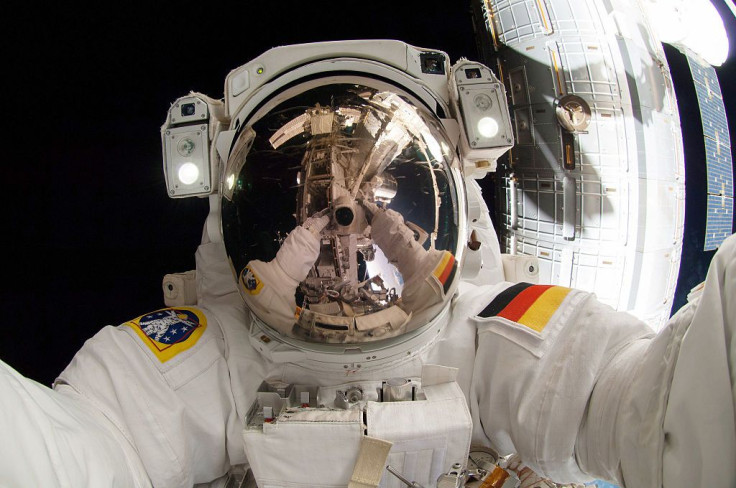NASA’s Astronaut Training Could Help Cancer Patients’ Treatment, Study Reveals

A new medical study revealed that the training routines NASA’s astronauts follow for space missions could be very beneficial for patients diagnosed with cancer. According to the authors of the study, the training routines could offset the negative side effects of cancer treatment.
For the new study, researchers from the Memorial Sloan Kettering Cancer Center in New York looked at the physical effects spaceflights had on astronauts. Through their observations, the researchers learned that astronauts go through the same physical stress that cancer patients experience during treatments such as immunotherapy, chemotherapy and targeted therapy.
“Both have a decrease in muscle mass, and they have bone demineralization and changes in heart function,” lead researcher Jessica Scott said in a statement. “Astronauts may get something called space fog, where they have trouble focusing or get a little forgetful. That's very similar to what some cancer patients experience, which is called chemo brain."
For the astronauts, they try to minimize these physical effects by engaging in workout routines before, during and after a space mission. Cancer patients, on the other hand, are always advised to rest before and after treatment.
Unfortunately, not engaging in physical activities before and after treatments could worsen the condition of the cancer patients. As noted by Scott, most patients are more at risk of dying from the long-term side effects of cancer treatments than the illness itself.
By following NASA’s workout routine for astronauts, Scott believes this would prepare the bodies of cancer patients to stave off the negative effects of treatments.
"That's why it's very timely that we start thinking about how to utilize NASA's tactics to manage some of these long-term side effects of cancer treatments," Scott said. "Many patients aren't dying from their cancer, but they're now at risk of dying from these side effects. Using NASA's exercise plan could help with this."
As part of the study, the researchers a group of cancer patients with in-home treadmills so they can carry out basic exercises before and after their treatments. They noted that follow-up studies are needed to determine the exact effects of workout routines on the patients.
The findings of the researchers were presented in a new study published in the journal Cell.
© Copyright IBTimes 2024. All rights reserved.





















